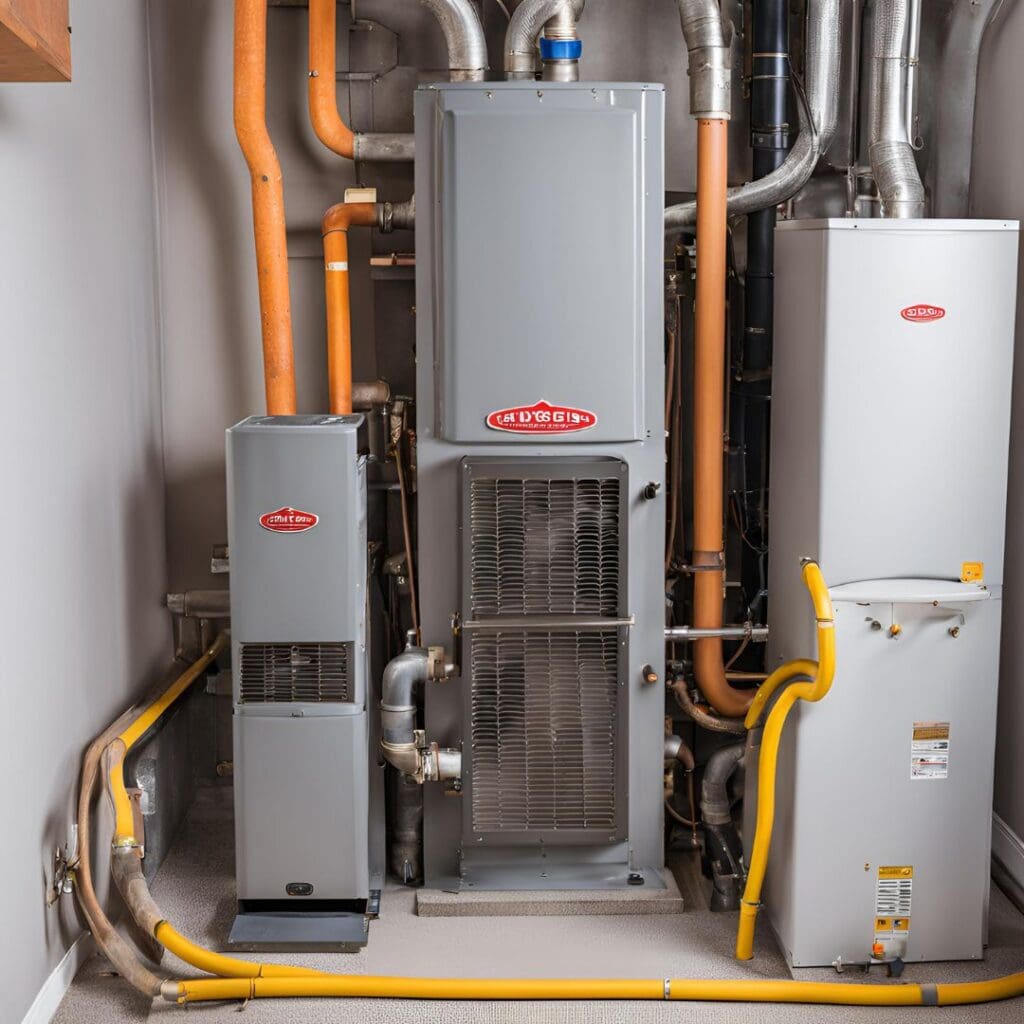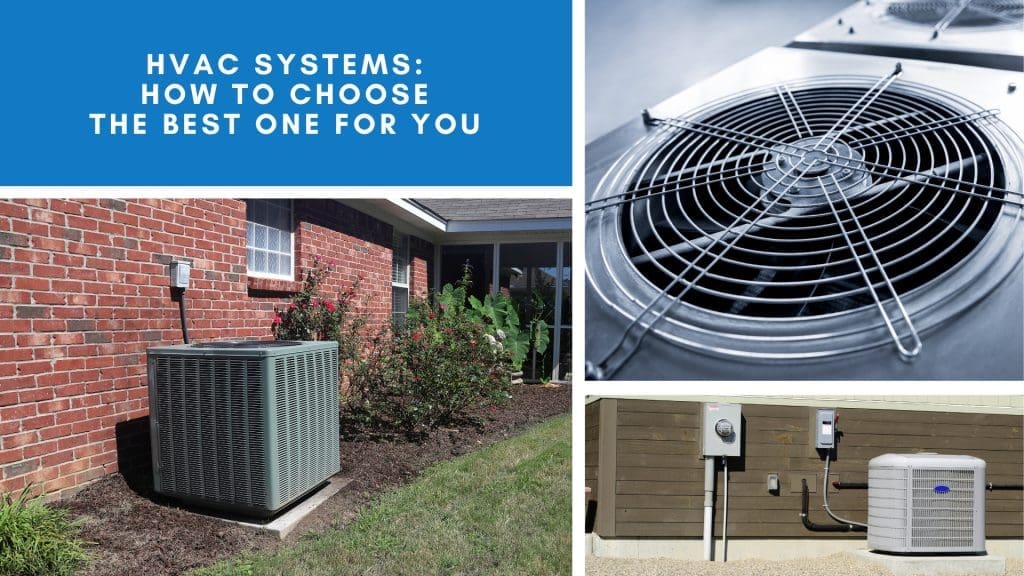Easy Troubleshooting Tips For Common Heater Issues at Home
When the temperature drops, a functioning heater becomes a lifeline. It’s the unsung hero that keeps your home or office comfortable and cozy. But what happens when your heater starts acting up?
Troubleshooting common heater issues at home can seem daunting. Especially when you’re juggling work, kids, or running a small business. But don’t worry, you’re not alone in this.

This guide is designed to help you understand and resolve some of the most common heater problems. From a furnace not working to an electric heater not heating, we’ve got you covered.
Remember, while some issues can be fixed with a little DIY, others require professional expertise. Knowing when to call in the pros is just as important as knowing how to troubleshoot.
So, let’s dive in and demystify heater troubleshooting. Because a comfortable home is a happy home, and you deserve nothing less.
Understanding Your Heater’s Operation
Every heater has its own unique way of working to keep you warm. Understanding its operation is key to troubleshooting issues. Most heaters, whether gas or electric, rely on a thermostat to regulate temperature.
A thermostat acts as the brain of your heating system. It sends signals to your heater to turn on or off. But when the heater is not working, it could be a sign that something’s amiss in the system.
Familiarizing yourself with your heater’s specifics helps in pinpointing issues. From the pilot light in gas heaters to the electric components in others, knowing how these parts work is essential. This knowledge will empower you to tackle minor problems and recognize when it’s time to call for professional help.
Regular Maintenance: The First Line of Defense from Heater Issues
Regular maintenance keeps your heater running smoothly and prevents unexpected breakdowns. A well-maintained heater is more efficient, saving you both energy and money. By dedicating some time to upkeep, you can extend the life of your heating system.
Here are a few simple maintenance tasks you can perform at home:
- Regularly clean or replace the air filter.
- Ensure that vents and returns are clear of obstructions.
- Check the thermostat settings and batteries.
- Inspect the area around the heater for any blockages or debris.
Making these tasks part of your routine can prevent many common heater problems. This proactive approach ensures your heater is ready to face even the coldest days.
Initial Checks: Before You Dive In
Before starting any heater troubleshooting, prioritize safety first. Always ensure the heater is off and has cooled down to avoid any accidents. Confirm there’s no gas odor or unusual smell, as these require immediate attention from a professional.
Once safety is assured, begin with some basic checks to identify common issues:
- Verify the thermostat is set to “heat” and the temperature is above the current room temperature.
- Check the power supply, including the circuit breaker, to ensure it hasn’t tripped.
- Look for loose connections or corroded wires, particularly with electric heaters.
- Make sure all doors or panels on the heater are securely closed.
These simple checks can often solve the problem and restore warmth to your home. If these don’t fix the issue, further troubleshooting may be necessary or call in a professional.
Troubleshooting Electric Heater Issues
Electric heaters are convenient but sometimes face specific issues. If your electric heater is not heating, first check if it’s plugged in correctly. A loose connection can cause an electric heater not to work.
Here’s a step-by-step guide to troubleshoot:
- Inspect the power cable for any visible damage or wear.
- Make sure the thermostat settings are accurate for the desired warmth.
- Look at the heating element for any signs of damage or burnout.
- Reset the unit if it has an internal reset button, as this can solve many problems.
If the heater still isn’t working after these steps, the problem might be more serious. In such cases, consulting a professional technician is advisable to ensure safety and proper resolution.
Troubleshooting Gas Heater Issues
Gas heaters require attention to detail. One common issue is a malfunctioning pilot light. If the pilot light is out, try relighting it according to the manufacturer’s instructions.
Before diving in, ensure your gas supply is turned on. A blocked or dirty gas line can prevent the gas heater from working.
If your gas heater fails to operate, consider these steps:
- Check the pilot light to ensure it’s lit and burning steadily.
- Inspect the gas valve to confirm it’s open and not blocked.
- Listen for unusual noises, which may suggest a malfunction.
Persisting problems indicate a more complex issue. In such cases, reaching out to an HVAC professional would be wise. They have the expertise to diagnose and repair gas heater for home not working issues efficiently and safely.
When to Call a Professional
Sometimes, heater problems go beyond DIY solutions. Persistent issues, like strange noises or constant cycling, may signal complex HVAC problems. If your troubleshooting efforts hit a dead end, it’s time to seek professional help.
Professional expertise is invaluable for safe and effective repairs. HVAC technicians are trained to handle intricate issues that might not be apparent to homeowners. Attempting to fix them yourself can sometimes lead to more damage or safety risks. Don’t hesitate to call in the experts; they can ensure your system runs efficiently and extend its life.
Preventative Measures and Seasonal Tips For Heater Issues
As the seasons change, so do your heater’s demands. Being proactive can save you from unexpected HVAC problems. Before the cold sets in, give your heating system a thorough check-up.
Here are some preventative tips to keep your heater in top condition:
- Clean and replace filters regularly.
- Inspect vents and ducts for blockages.
- Ensure your thermostat is working accurately.
These simple steps can prevent common issues and maintain your system’s efficiency. Seasonal preparation is key to a comfortable home. Don’t wait for problems to arise; act early to keep your heater running smoothly all year long.
The Role of Smart Thermostats in Troubleshooting
Smart thermostats are a game changer for modern homes. They offer more than just temperature control. These devices can learn your schedule and adjust settings for maximum energy efficiency.
Another advantage is their ability to provide helpful data and alerts. If your heater encounters a problem, a smart thermostat can notify you instantly. It helps you identify issues before they escalate, saving time and potential costs. These features make smart thermostats invaluable in maintaining a reliable heating system. Embracing technology not only boosts comfort but also simplifies heater troubleshooting.
Ensuring Customer Satisfaction and Quality Service
At LC Heating and Air Conditioning, we pride ourselves on delivering exceptional service. Our top priority is ensuring your comfort and peace of mind. With a dedicated team and personalized attention, we strive to exceed your expectations every time. Your satisfaction is our greatest success.
Conclusion: Maintaining a Comfortable Home and Office Environment
In the heart of Los Angeles, having a functional heater is essential for both comfort and productivity. Regular maintenance and proper troubleshooting are key to avoiding unexpected breakdowns. By addressing minor issues promptly, you ensure a seamless home and office environment.
Remember, safety is paramount. If heater issues seem complex or you’re unsure about tackling them, don’t hesitate to reach out. At LC Heating and Air Conditioning, we’re here to help solve HVAC problems swiftly and reliably. Get in touch with us for expert advice and professional service. Your comfort is our commitment.


